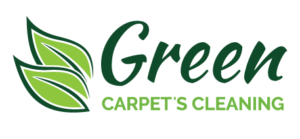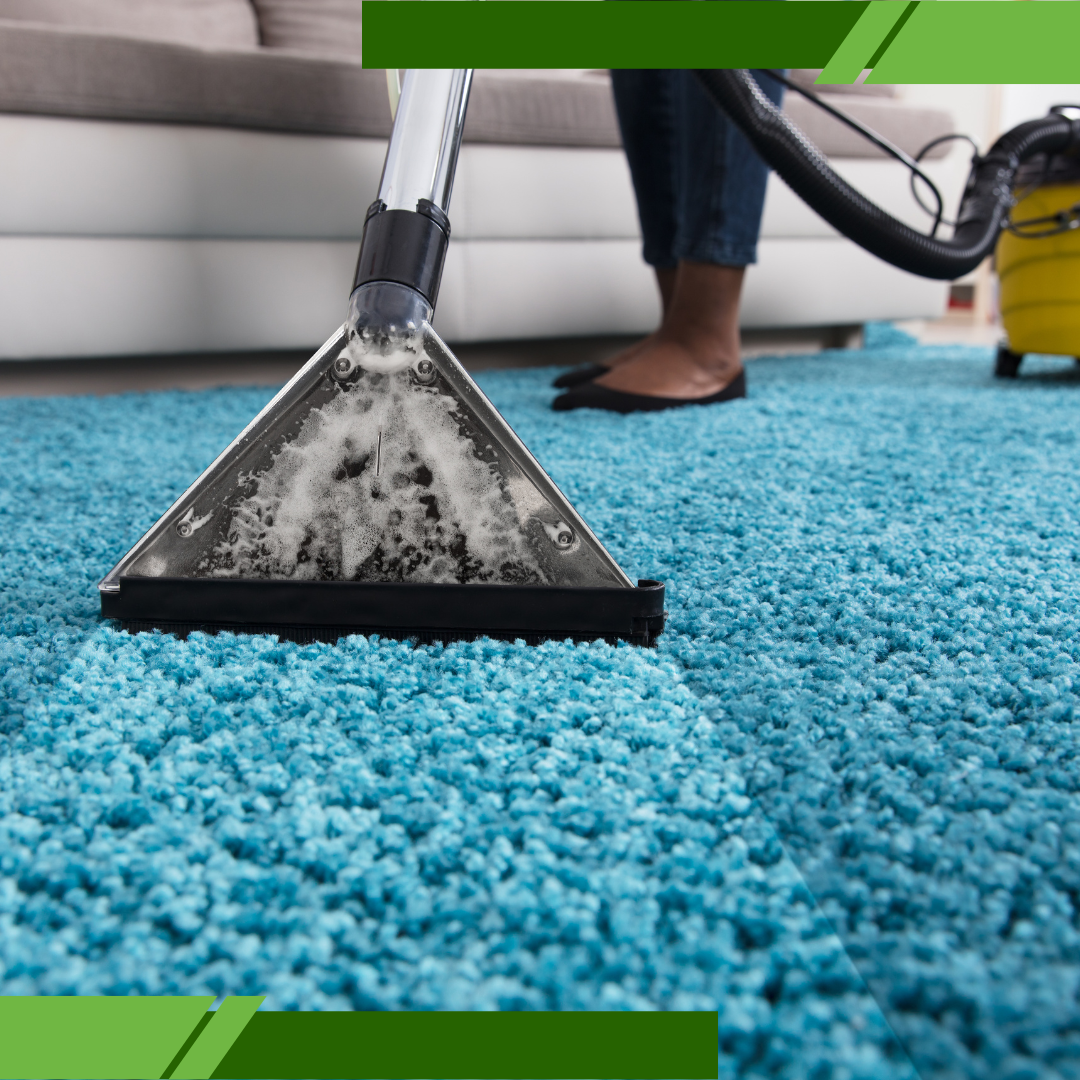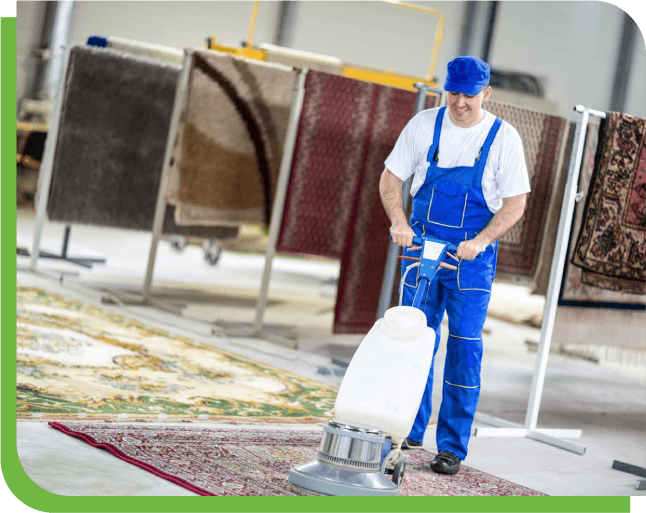Get in touch
Fill this up to proceed

We are committed to providing a world-class carpet, rug, upholstery, drapery or mattress cleaning services that will open your door to a happier and healthier green indoor environment.
A common mistake with DIY carpet cleaning is assuming that more water means better results. Many first-timers rent a machine, fill it to the top, and soak the carpet, thinking the extra moisture will provide a deeper clean. While this might seem logical, over-wetting can cause serious issues. Within days, the carpet can develop a musty odor, remain damp far too long, and even show dark patches or staining around the edges. Excess water not only delays drying but can also lead to mold, mildew, and long-term carpet damage. Too much moisture is one of the quickest ways to ruin a carpet, especially without proper extraction tools.
When water soaks into the padding beneath your carpet, it doesn’t dry out easily. This hidden moisture is the perfect place for mold and mildew to grow. Even if the surface seems dry, the layers underneath are still wet. The longer it stays like that, the more damage it does, not just to your carpet but to your floors too.
Professionals know exactly how much water to use and rely on machines that extract moisture quickly and thoroughly. Without the right tools or experience, you could end up making your carpet heavier and weaker. If you’re in the Studio City area, it might be a good time to explore help from Studio City experts who understand how to keep carpets safe and dry. Remember, DIY carpet cleaning can handle small tasks, but bigger jobs often require less water and more professional expertise.

A common pitfall with DIY carpet cleaning is using the wrong type of cleaner for the carpet material. When spills like grape juice land on a light-colored rug, it’s tempting to reach for whatever cleaning solution is nearby, often something intended for kitchen floors or hard surfaces. Scrubbing aggressively with the wrong product doesn’t just fail to remove the stain; it can make things worse. In many cases, the stain may change color, such as turning yellow, and over time, the carpet fibers can become damaged or start to fray. This happens because not all cleaning agents are safe for soft surfaces, and using the wrong one can permanently affect the carpet’s appearance and texture.
Not all cleaners are carpet-safe. Some are too strong, while others leave a sticky residue behind. This residue might not seem like a big deal at first, but it’s like a magnet for dust and dirt. Soon, the “cleaned” area becomes dirtier than before. And when it happens in the middle of your living room, it’s hard to ignore.
Also, different carpets need different treatments. Wool, nylon, and polyester all react in their own way to heat, pressure, and chemicals. That’s why professionals don’t just use one solution. They match the cleaner to the fiber.
If you want advice or are unsure what kind of carpet you have, you can always get in touch with a cleaning technician. It could save you time, money, and stress in the long run. These experts know which products work and which ones you should avoid. When doing DIY carpet cleaning, don’t trust everything under your sink. Always test a small, hidden spot before going all in. And when in doubt, ask someone who handles carpet cleaning daily.

If you’ve ever tried DIY carpet cleaning without vacuuming first, you’re not alone, but it’s one of the biggest mistakes you can make. My aunt Linda thought she could just start spraying the cleaner right away and be done in half an hour. What happened? Her vacuum couldn’t pick up the dirt after the carpet dried. Everything had clumped up into little mud-like particles. Not only did it look worse, but it also made the carpet harder to clean next time.
Why is vacuuming so important before wet cleaning? Because dirt acts like tiny knives. When mixed with moisture and cleaning chemicals, it grinds against the fibers. Instead of removing the dirt, you’re just rubbing it deeper into the carpet. Over time, this weakens the fibers, changes the texture, and can even cause dull patches.
Professionals always start with a high-powered vacuum. Sometimes they’ll go over an area twice, especially in high-traffic zones like hallways or living rooms. This step removes loose soil, hair, and allergens that would otherwise become mud during the cleaning.
If you want to avoid these issues altogether, it’s best to call people who know what they’re doing. Companies like Carpet Cleaning Studio City come prepared with heavy-duty vacuums and carpet-safe cleaning agents. They understand how to prep your floors for the best results and save you from wasting your weekend on backbreaking work. In short, don’t skip vacuuming during your DIY carpet cleaning. It may seem like a time-saver, but it ends up costing you in the end.
One thing many people in Studio City overlook during DIY carpet cleaning is the drying process. At first, the carpet looks fine, so it’s easy to move on and forget about it. But if it doesn’t dry properly, problems begin to show within a few days. Unpleasant odors, a strange crunch underfoot, and even discoloration are all signs that the carpet wasn’t dried the right way.
One frequent issue with DIY carpet cleaning is underestimating how long carpets take to fully dry, especially when using smaller machines with limited extraction power. Some homeowners assume that simply cracking a window will allow enough ventilation. However, without proper air circulation or dehumidification, moisture can linger beneath the surface. This often leads to a faint sour odor within days and, in more severe cases, causes the carpet edges to curl or buckle. If carpet sits damp for too long, it can even damage the subfloor or warp hardwood flooring underneath. Proper drying is a critical step that’s often overlooked during DIY carpet cleaning.
Drying carpets isn’t just about time; it’s about airflow, humidity, and patience. Thick carpets especially need more attention. You can’t just walk on them after an hour. Doing so compresses the damp fibers, traps moisture deeper, and causes the carpet to flatten in high-traffic spots.
Professionals use high-velocity fans, dehumidifiers, and advanced extraction tools to ensure carpets dry quickly and evenly. When working alone, drying can take 24 hours or longer, depending on the weather, carpet type, and level of saturation. This is why many people eventually turn to Studio City services, where they can trust the job will be handled correctly from start to finish.
So if you’ve finished your DIY carpet cleaning and it still smells off after a couple of days, don’t panic, but don’t ignore it either. Get expert help before that odor turns into a permanent problem. And remember, drying is just as important as cleaning itself.
Using too much water or solution. It can soak the padding and cause mold or odors. Use minimal moisture and extract properly to avoid damage.
Check the label or test a small hidden spot. Avoid dish soap or bleach. When in doubt, ask a pro like Carpet Cleaning Studio City for advice.
It likely didn’t dry fully. Moisture deep in the carpet can cause odor. Ensure good airflow, and call Carpet Cleaning Studio City if the smell persists.
Yes. Vacuuming removes dirt and hair that could turn into sludge during cleaning. Skipping it leads to poor results and damaged fibers.
For tough stains, odors, or past DIY damage. If unsure, contact our team for honest, expert advice.

We are committed to providing a world-class carpet, rug, upholstery, drapery or mattress cleaning services that will open your door to a happier and healthier green indoor environment.
We are committed to providing a world-class carpet, rug, upholstery, drapery or mattress cleaning services that will open your door to a happier and healthier green indoor environment.